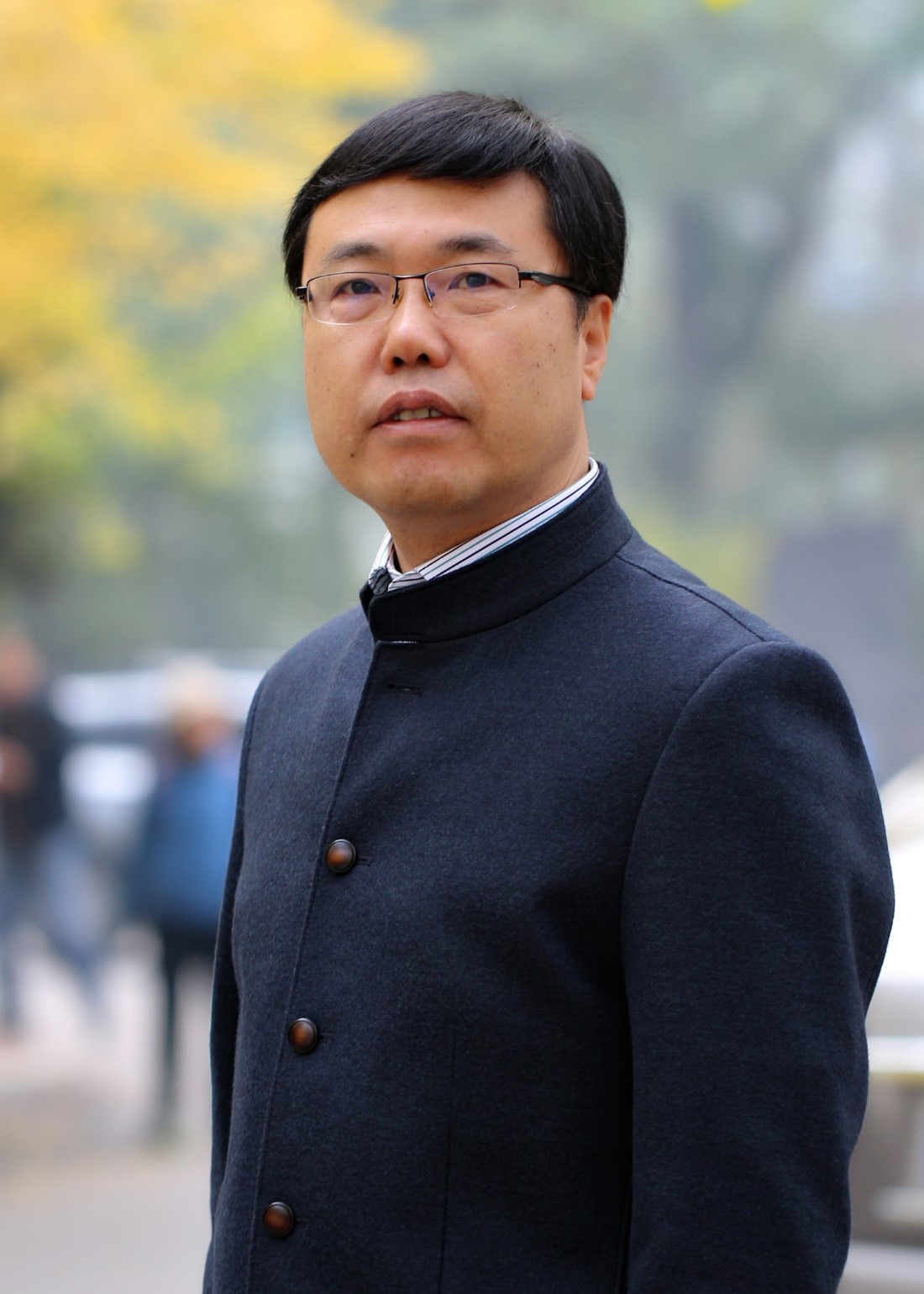
Professor Liu Hongsheng, born in October 1963, is a second-level professor and doctoral supervisor. He is also the Dean of the School of Pharmacy at Liaoning University, Director of the Key Laboratory for Biomacromolecular Computational Simulation and Information Processing in Liaoning Province, Director of the Drug Molecular Simulation and Design Engineering Laboratory in Liaoning Province, Vice Chairman of the Liaoning Society for Microbiology, and Vice Chairman of the Liaoning Society for Food Science and Technology. He won the titles of ‘Outstanding Talents in Liaoning Province’ for technological innovation Honors, one of the Hundred Talents Level Expert of ‘Hundred and Ten Million Talents Project’ in Liaoning Province, and the Liaoning Province General Higher Education Teaching Master Award.
Professor Liu Hongsheng has organized over 70 national, ministerial, and provincial level projects, published 95 SCI indexed papers, and obtained 17 invention patents. He also owns nine software copyrights. In addition, he won the second prize of the Liaoning Province Science and Technology Progress Award, the first prize of the China National Medical Association Science and Technology Award, and the third prize of the Liaoning Province Federation of Trade Unions directly affiliated university employee science and technology achievement transformation competition.
Professor Liu Hongsheng engages in teaching and research in molecular microbial drugs and bioinformatics. He discovered a new microbial species “Liaoning” (Paenibacillus liaoningensis sp. nov.). He found interaction between the influenza virus NS1 protein and the NOCL1 protein and developed a new nattokinase drug with preventive and therapeutic effects. He also developed green ecological breeding for aquatic products and applied them in many coastal cities in Liaoning Province. Moreover, he has developed computer-aided drug design, involving calculation and simulation of biological macromolecular structure and modification, a drug toxicity prediction model, and a microbial system identification database to provide a prediction model for new drug research and development.